Microbubble and Nanobubble Aeration: Revolutionizing Wastewater Treatment
The Shortcomings of Conventional Aeration
Enter Microbubble and Nanobubble Aeration
Why Bubble Size Matters
The Science of Aerobic Efficiency
The Advantages of Microbubble Technology
ClearBlu’s Microbubble Aeration system offers numerous benefits over traditional aeration methods. Contact us if you’re interested in a free consultation.
1
Higher and faster removal rates of BOD and TSS
The system significantly enhances the removal of biological oxygen demand (BOD) and total suspended solids (TSS), leading to cleaner water.
2
Up to 70% reduction in electrical consumption
By optimizing oxygen transfer efficiency, the system reduces energy costs.
3
Elimination of odors
Aerobic bacteria produce odorless carbon dioxide, eliminating the foul smells often associated with wastewater treatment.
4
Improvement of water quality
The system enhances the overall quality of treated water, making it safer for reuse or discharge.
5
Rapid microbial growth and reproduction
The oxygen-rich environment fosters rapid bacterial growth, speeding up the digestion process.
6
Elimination of pathogens
The enhanced aerobic conditions effectively kill harmful pathogens.
7
Control of algae growth
By maintaining a stable aerobic environment, the system helps prevent the growth of algae, which can clog treatment systems.
ClearBlu’s Cutting-Edge Technology
Conclusion: The Future of Wastewater Treatment
Microbubble and Nanobubble aeration represent a significant leap forward in wastewater treatment technology. By delivering more oxygen with greater efficiency, this technology not only improves the effectiveness of aerobic digestion but also reduces energy costs, eliminates odors, and enhances water quality. For industries seeking a sustainable, cost-effective solution for wastewater treatment, ClearBlu’s Microbubble Aeration system offers a clear advantage.
With this breakthrough technology, the days of sludge hauling, pond dredging, and the need for expensive chemicals could soon be a thing of the past.
Case Studies
Still unsure? We’ve done it before, many times across many industries.
Bergfeld Vineyards
We assisted a California winery meet Napa County Health Department standards through improved wastewater aeration.
castoro cellars
We implemented one of our aerobic pond treatment solutions. This included a biodigester and micro-bubble surface aerator.

